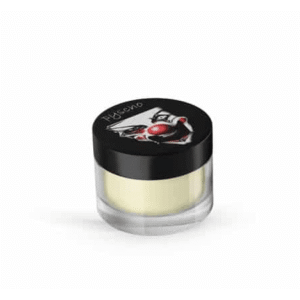
Weed spice, also commonly known as synthetic cannabis, is a designer drug that mimics the effects of natural marijuana but is chemically different and often far more potent. Unlike traditional cannabis, which contains naturally occurring compounds like THC (tetrahydrocannabinol), spice is made by spraying synthetic cannabinoids onto plant material or sold as a liquid to be vaporized.
Origins and Composition
Synthetic cannabinoids were first developed in laboratories for research purposes, primarily to study cannabinoid receptors in the human body. However, these chemicals found their way into recreational markets, often labeled as “herbal incense,” “potpourri,” or “fake weed.” The chemical composition of spice is highly variable, making each batch unpredictable. Some compounds may be hundreds of times stronger than THC, which increases the risk of severe physical and psychological reactions.
Methods of Use
Spice can be smoked in joints, pipes, or vaporizers, similar to natural cannabis. Some products are also sold as oils for vaping. Because it is often marketed as a legal alternative to marijuana, users may mistakenly assume it is safe.
Effects on the Body and Mind
The effects of weed spice can be similar to cannabis, including relaxation, euphoria, and altered perception. However, due to its unpredictable potency, it can also cause anxiety, paranoia, hallucinations, rapid heart rate, nausea, vomiting, and in extreme cases, seizures or heart complications. Unlike natural cannabis, the long-term effects of synthetic cannabinoids are not well understood, and repeated use may lead to dependence.
Legal Status
Many countries have banned specific synthetic cannabinoids, but manufacturers frequently modify the chemical structure to evade regulations. This cat-and-mouse game has made enforcement challenging and contributed to public health concerns.
Risks and Precautions
One of the biggest dangers of spice is its unpredictability. Users may experience life-threatening reactions even at low doses. Emergency rooms worldwide report cases of severe intoxication, particularly among young adults experimenting with these substances. Public health authorities strongly advise avoiding synthetic cannabis entirely.
Conclusion
Weed spice may appear to be a legal or safer alternative to marijuana, but its unpredictable chemical composition and potent effects make it significantly riskier. Awareness, education, and caution are crucial to prevent harm, and individuals struggling with substance use should seek professional help.